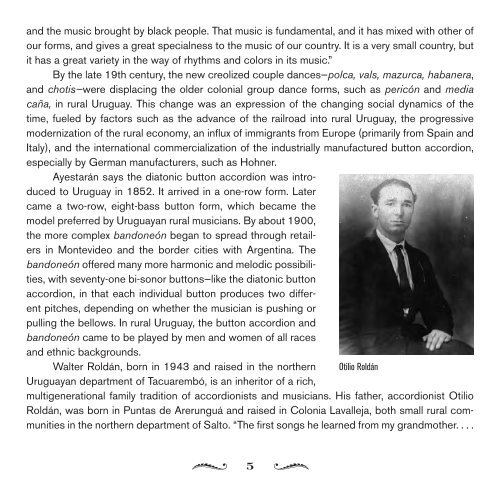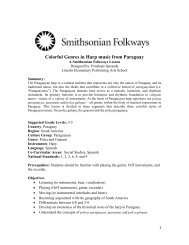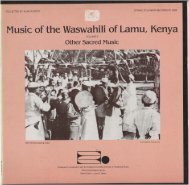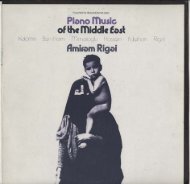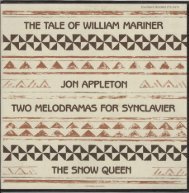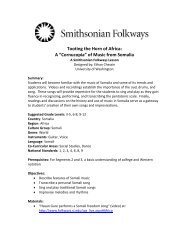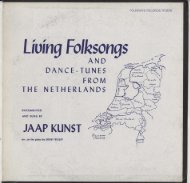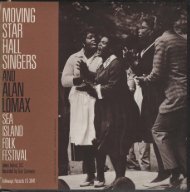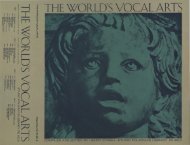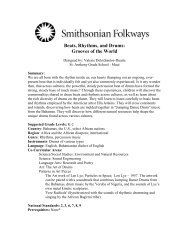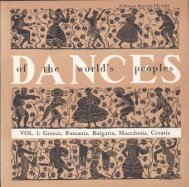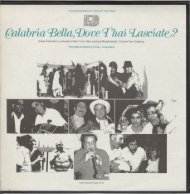4s 4s
4s 4s
4s 4s
You also want an ePaper? Increase the reach of your titles
YUMPU automatically turns print PDFs into web optimized ePapers that Google loves.
and the music brought by black people. That music is fundamental, and it has mixed with other of<br />
our forms, and gives a great specialness to the music of our country. It is a very small country, but<br />
it has a great variety in the way of rhythms and colors in its music.”<br />
By the late 19th century, the new creolized couple dances—polca, vals, mazurca, habanera,<br />
and chotis—were displacing the older colonial group dance forms, such as pericón and media<br />
caña, in rural Uruguay. This change was an expression of the changing social dynamics of the<br />
time, fueled by factors such as the advance of the railroad into rural Uruguay, the progressive<br />
modernization of the rural economy, an influx of immigrants from Europe (primarily from Spain and<br />
Italy), and the international commercialization of the industrially manufactured button accordion,<br />
especially by German manufacturers, such as Hohner.<br />
Ayestarán says the diatonic button accordion was introduced<br />
to Uruguay in 1852. It arrived in a one-row form. Later<br />
came a two-row, eight-bass button form, which became the<br />
model preferred by Uruguayan rural musicians. By about 1900,<br />
the more complex bandoneón began to spread through retailers<br />
in Montevideo and the border cities with Argentina. The<br />
bandoneón offered many more harmonic and melodic possibilities,<br />
with seventy-one bi-sonor buttons—like the diatonic button<br />
accordion, in that each individual button produces two different<br />
pitches, depending on whether the musician is pushing or<br />
pulling the bellows. In rural Uruguay, the button accordion and<br />
bandoneón came to be played by men and women of all races<br />
and ethnic backgrounds.<br />
Walter Roldán, born in 1943 and raised in the northern Otilio Roldán<br />
Uruguayan department of Tacuarembó, is an inheritor of a rich,<br />
multigenerational family tradition of accordionists and musicians. His father, accordionist Otilio<br />
Roldán, was born in Puntas de Arerunguá and raised in Colonia Lavalleja, both small rural communities<br />
in the northern department of Salto. “The first songs he learned from my grandmother. . . .<br />
4 5 s


